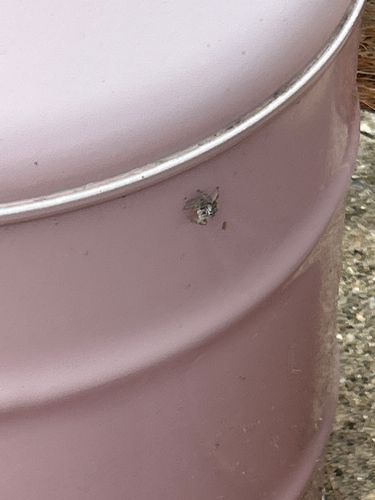Jumping Spider
Scientific Name: Salticidae (a family of spiders)
Order & Family: Order: Araneae, Family: Salticidae
Size: Typically small to medium-sized, ranging from 1 mm to 25 mm (0.04 to 1 inch) in body length, depending on the species.

Natural Habitat
Widely diverse, found in almost all terrestrial habitats, including grasslands, forests, deserts, and urban environments like homes and gardens. They prefer areas with good sunlight for hunting.
Diet & Feeding
Mainly small insects and other arthropods. They are predators.
Behavior Patterns
Jumping spiders are active hunters during the day. They have excellent vision and stalk their prey before pouncing. They do not build webs for catching prey, but rather for shelter, molting, and egg-laying. They are known for their curiosity and may turn to observe approaching objects, including humans.
Risks & Benefits
Generally beneficial as they prey on various pests like flies, mosquitoes, and small roaches. They are not considered dangerous to humans. While they can bite if provoked, their venom is not medically significant to humans, often resulting in a mild, localized reaction similar to a bee sting. They help control insect populations in gardens and homes.
Identified on: 8/22/2025